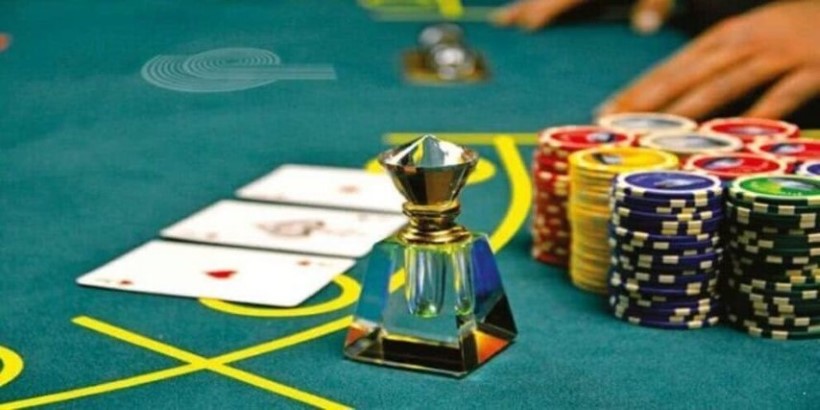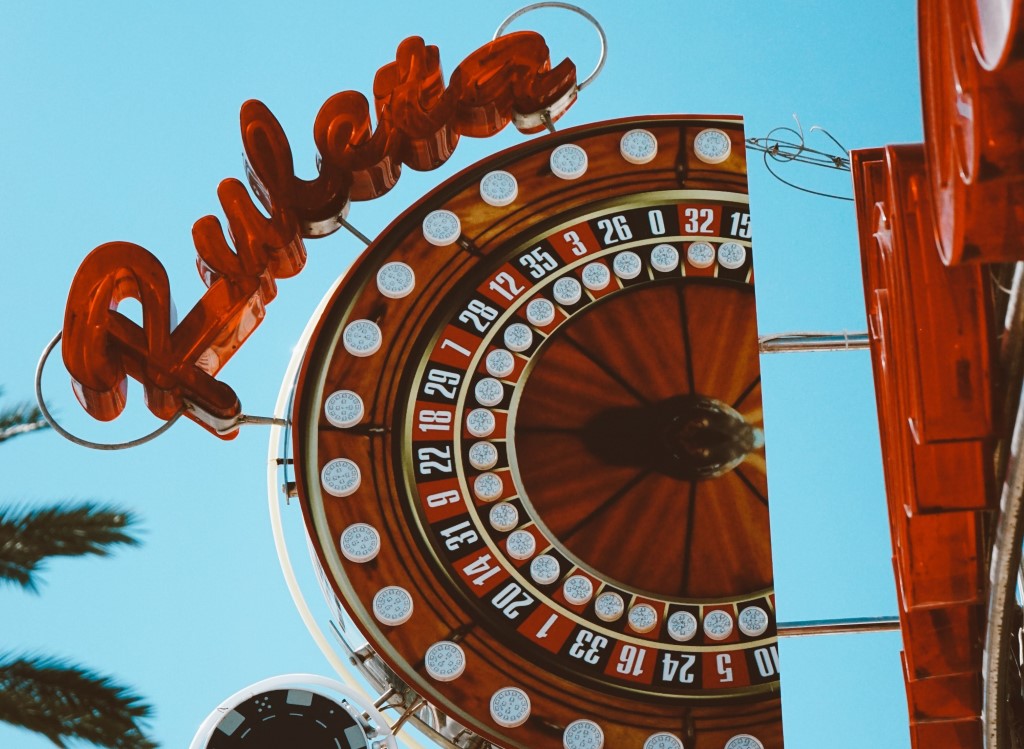Ten-pin bowling is not a game that originated in modern times, nor was it developed during this era of history. After many years of digging around in the ground in quest of historical evidence and actual artefacts, archaeologists have discovered remnants of games that were played approximately 5,000 years ago that are similar to bowling games. These games were located in areas where archaeologists had been digging. After the discovery of these artefacts, archaeologists determined that bowling was one of the oldest recorded sporting activities. It is mind-boggling to consider that ancient Egyptians engaged in bowling competitions thousands of years ago. This fact blows my mind.
Bowling games played in the past may not have deviated all that much from modern ten pin bowling games, according to a hypothesis that historians have developed after putting a lot of effort into putting the pieces of the puzzle together. Bowling alleys can now be found inside shopping malls, and they feature loud music and snacks in addition to brief bowling matches. The only thing that seems to set modern bowling alleys apart from their ancient ten-pin bowling counterparts is the fact that modern bowling alleys are located inside shopping malls.
In the middle of the nineteenth century, people in Europe were beginning to enjoy playing the game of nine-pin bowling, and not long after that, the game was introduced for the first time in the United States. Bowling, as strange as it may sound, became a target for gamblers and was considered an underground activity for a considerable amount of time. After that, the purchase of nine-pin bowling alleys was made illegal in Connecticut by the passage of a statute. This was an effort to reduce the amount of gambling that took place in and around bowling games.
This law laid the groundwork for the development of the contemporary game of ten-pin bowling. The gamblers figured out that if they added an extra pin to the nine-pin bowling game, they would be able to legally play the game and own ten-pin bowling alleys. The law in Connecticut only applied to nine-pin bowling alleys and games, so the gamblers were able to circumvent the law by adding an extra pin. When the new bowling game with 10 pins became famous around the world, it quickly became significantly more well-liked than the nine-pin bowling game had ever been. And right up to this very day, bowling games all around the world continue to keep the ten-pin tradition alive.




